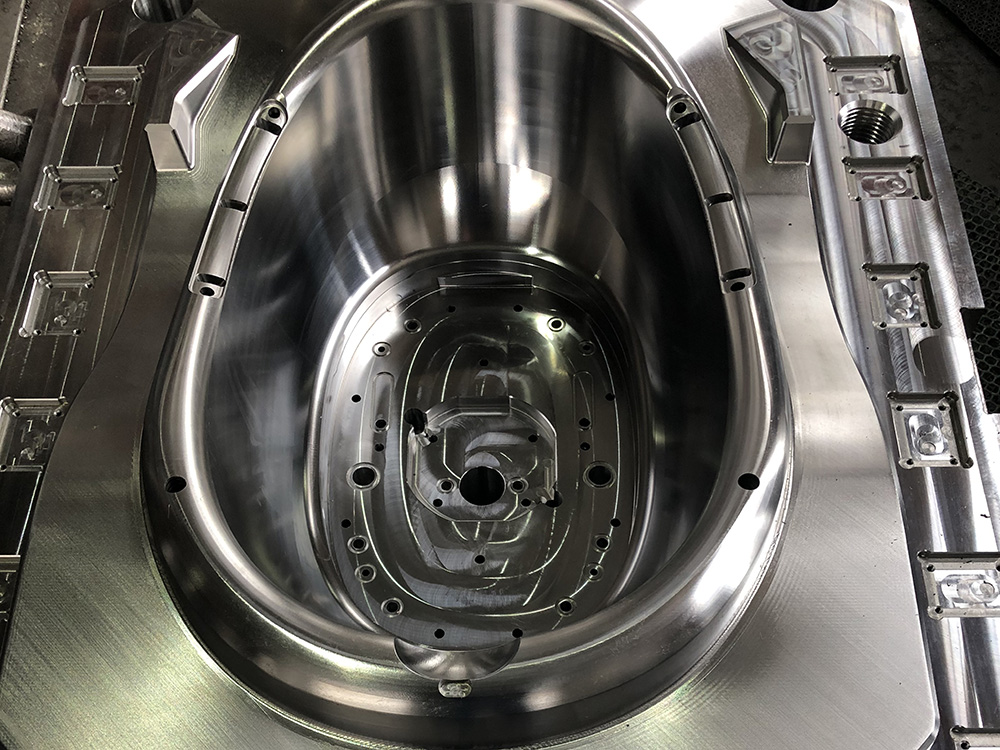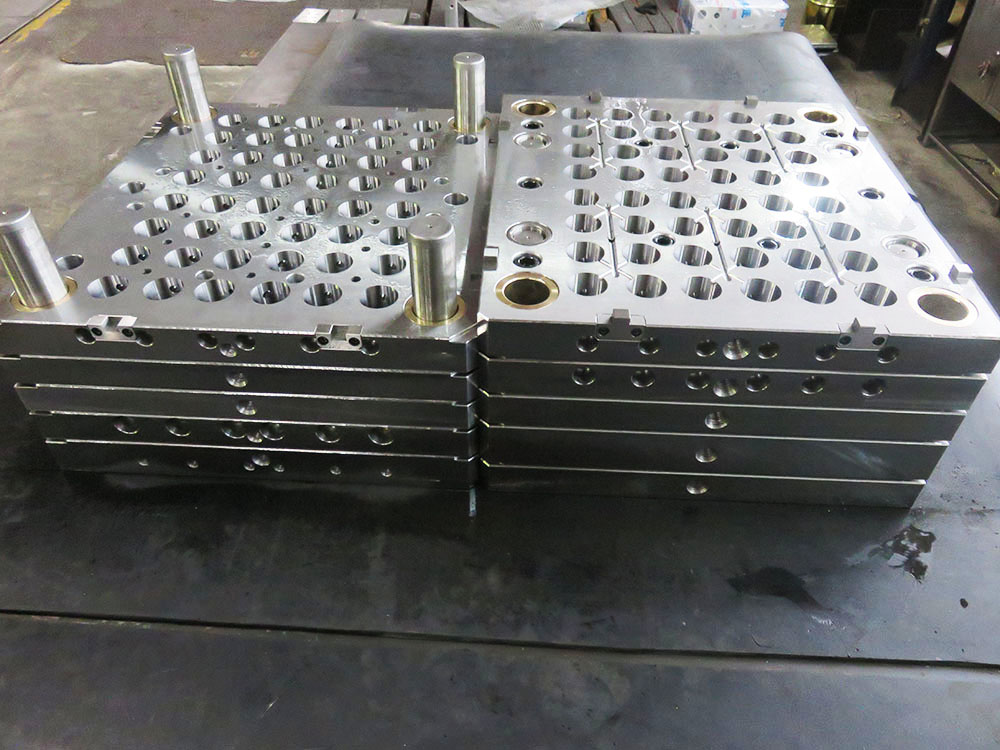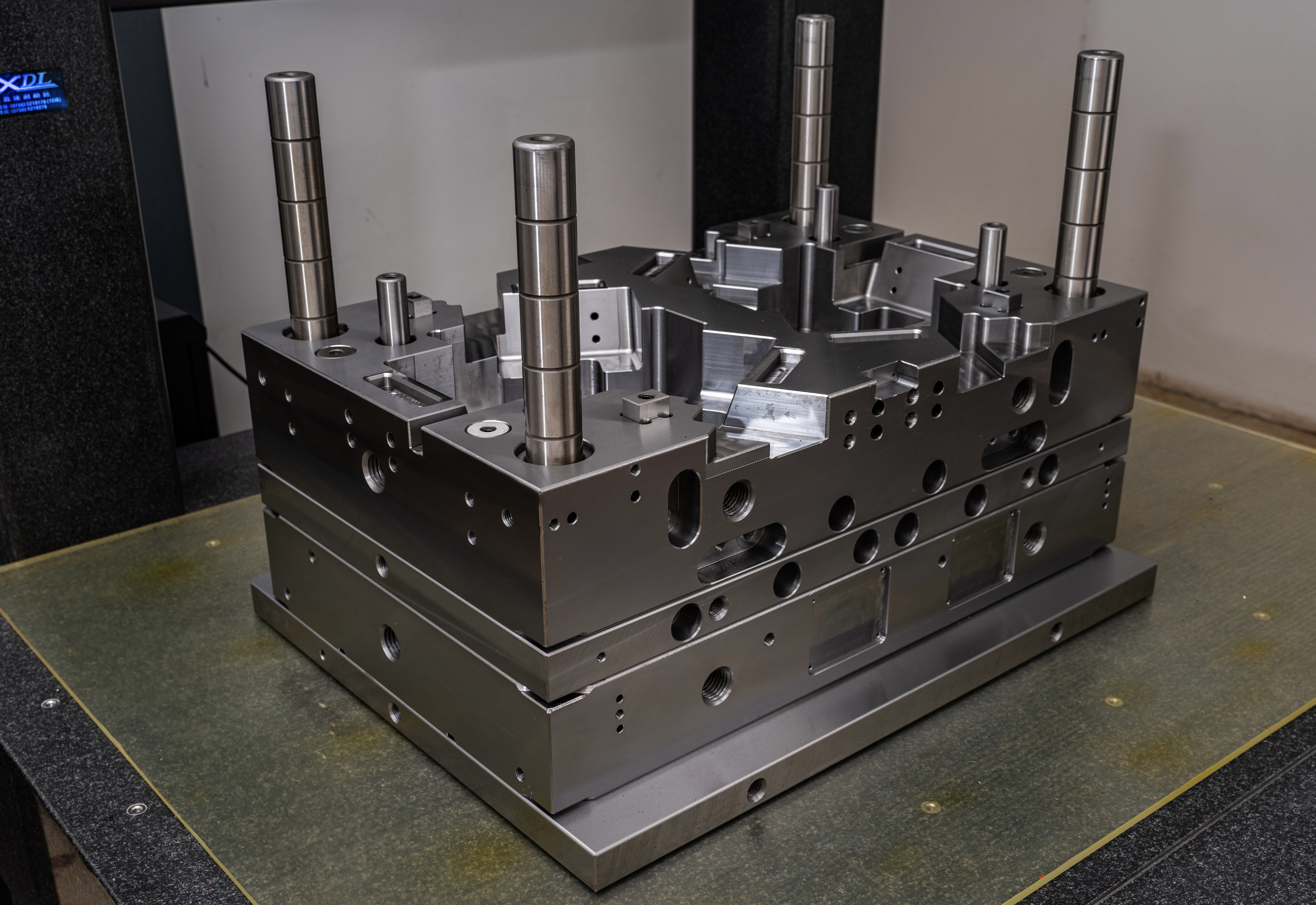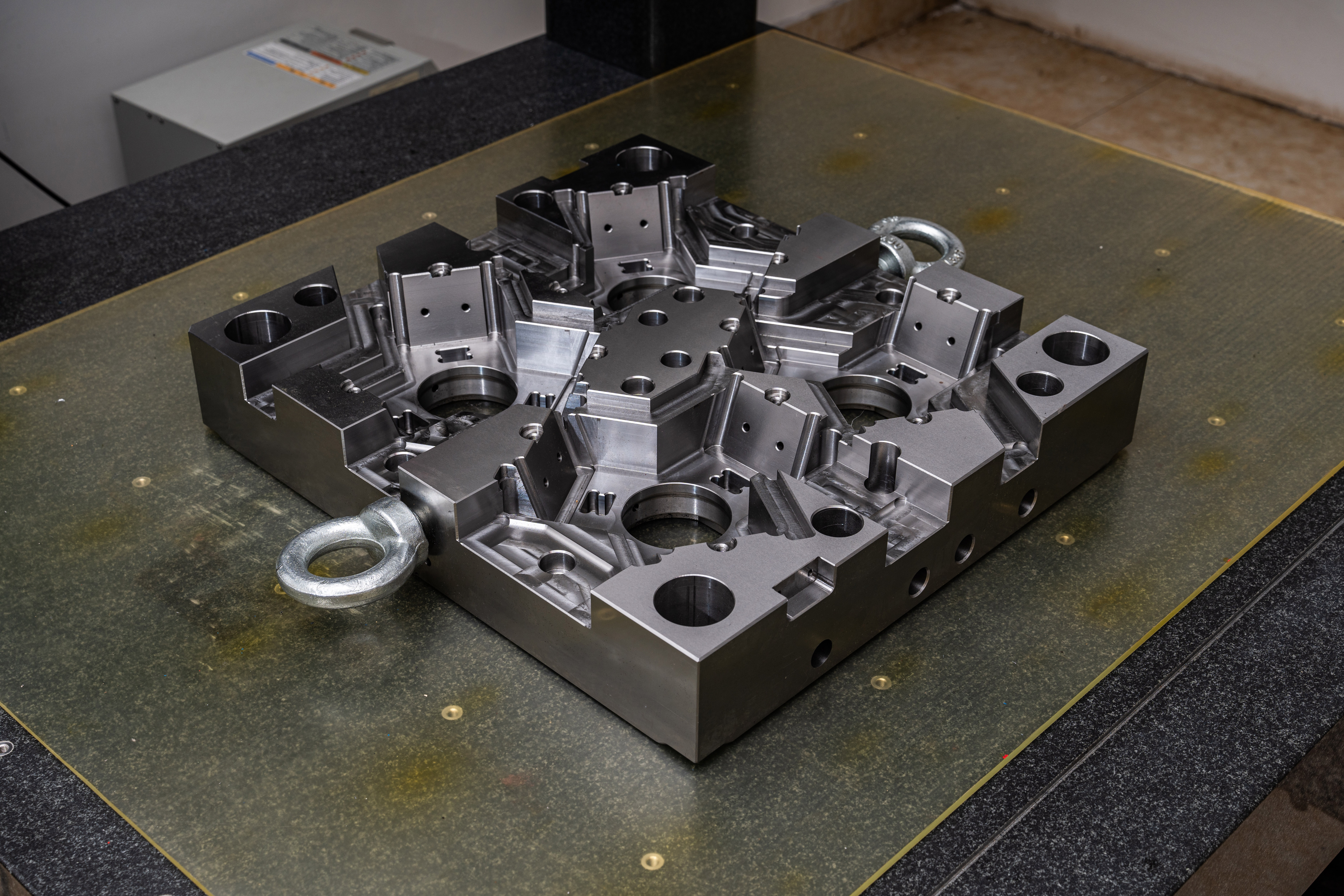How to Choose a Four-Chamber Mold Frame for the First Draft?
When it comes to mold base industry, choosing the right mold frame is crucial for the success of your project. In this article, we will discuss the key factors to consider when selecting a four-chamber mold frame for the first draft.
Type of Molding Process
The first step in choosing a four-chamber mold frame is to determine the type of molding process you will be using. Different molding processes have different requirements, and your mold frame needs to be compatible with the specific process you intend to use.
Whether you are using injection molding, blow molding, or any other molding process, make sure the four-chamber mold frame you choose is designed to withstand the pressures and temperatures of that process. This will ensure that your mold frame can provide the necessary stability and durability for successful production.
Material Selection
The material of the mold frame is another important consideration. You need to evaluate the material's strength, heat resistance, corrosion resistance, and machinability. Common materials used for mold frames include steel, aluminum, and plastic.
Steel is a popular choice due to its excellent strength and durability. It can withstand high temperatures and pressures, making it suitable for many molding processes. Aluminum can be a cost-effective alternative, but it may not be as strong as steel. Plastic mold frames are often used for low-volume production or prototyping as they are less durable.
Mold Base Size and Configuration
Next, consider the size and configuration of the mold base. Your four-chamber mold frame should be designed to accommodate the size and shape of your desired final product. It should also have adequate space for the desired number of cavities and cooling systems.
The mold base size directly affects the production capacity and the number of parts that can be molded simultaneously. Consider factors such as the required production volume, part complexity, and available machinery when determining the appropriate mold base size and configuration.
Compatibility and Interchangeability
It is essential to choose a four-chamber mold frame that is compatible and interchangeable with other components of the mold system. This allows for easy maintenance, repair, and modification of the mold. Look for standardized mold base systems that are widely used in the industry.
Standardization ensures that the components are readily available, reducing lead times and costs. It also allows for easy integration with other molds or existing production lines, thereby improving efficiency and flexibility.
Budget Considerations
Finally, take your budget into account when selecting a four-chamber mold frame. The cost of the mold frame will depend on factors such as material, size, and complexity. Evaluate the long-term benefits and potential return on investment when making your decision.
While it can be tempting to opt for a cheaper mold frame, it is important to prioritize quality, durability, and compatibility. A well-designed and reliable mold frame may require a higher upfront investment but can save you from costly repairs, downtime, and production delays in the long run.
Conclusion
Choosing a four-chamber mold frame for the first draft is a critical decision in the mold base industry. By considering the molding process, material selection, mold base size and configuration, compatibility, and budget, you can make an informed choice that ensures successful production and efficient mold management.




